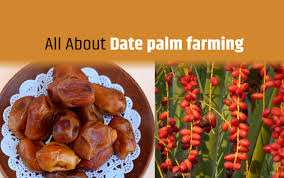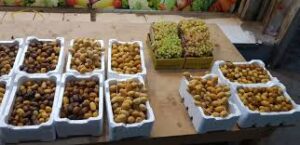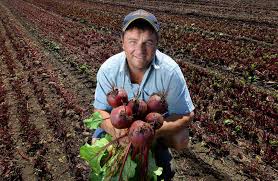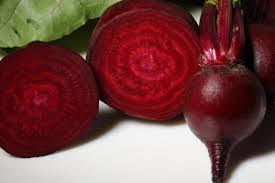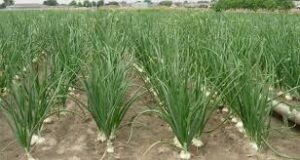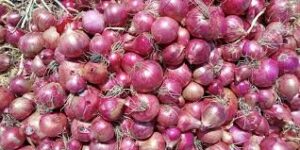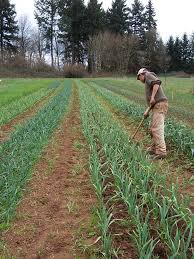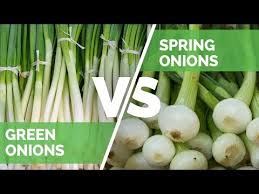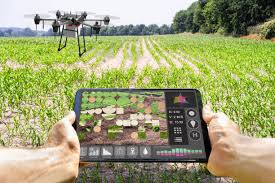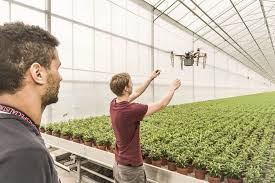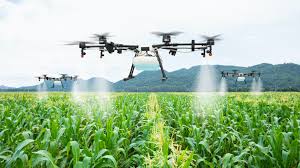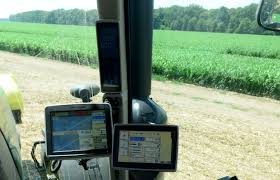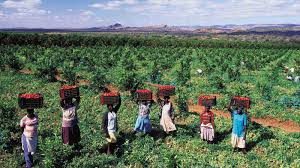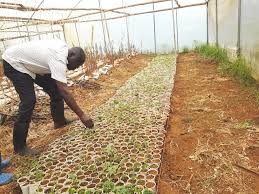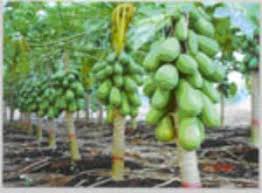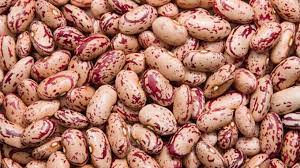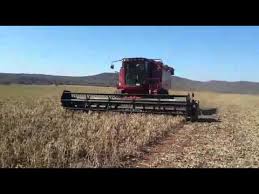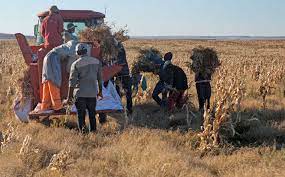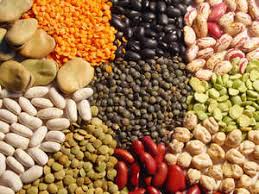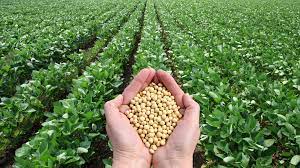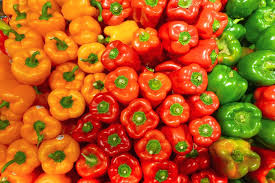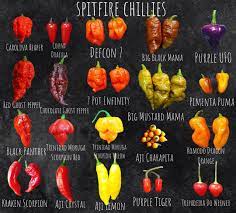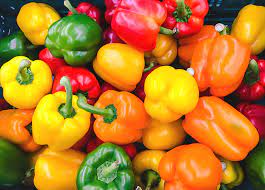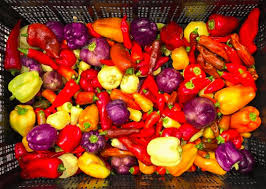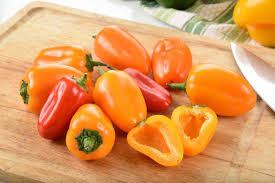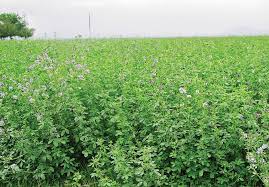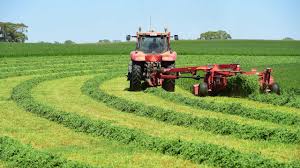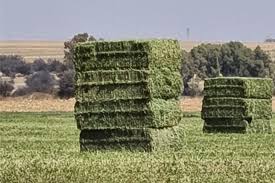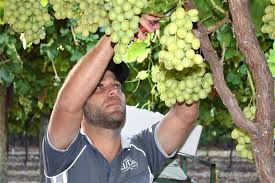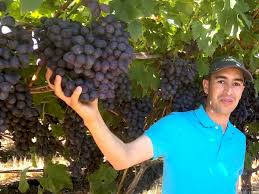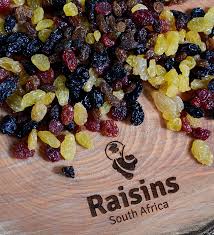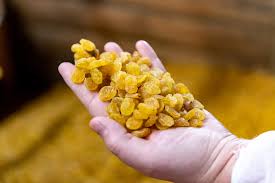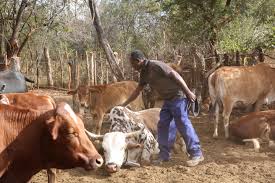How to Enter into Gourmet Garlic Farming Now
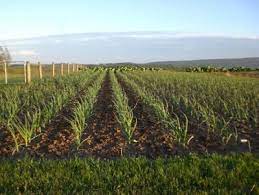
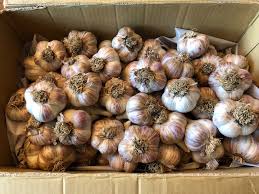

Gourmet Garlic Farming is a booming business that is continuing to grow and there are many ways to profit from a garlic business. Although the crop can be grown successfully in a wide range of soil types and in almost any climate, it fares best in well-drained soils with a pH of between 6 and 7.5. Soils with high organic matter content are preferred, due to their increased moisture – and – nutrient – holding capacity.
Cultivars
Egyptian White, Egyptian Pink and Giant Garlic have been planted for many generations in South Africa and these cultivars have adapted well to local climates. For a better chance of a good crop, its important to stick to the correct planting time, from February to May. Good quality seeds forms the foundation of a good harvest.
Fertilizing
During its initial growth phase , as the plant emerges and spreads its leaves, the crop might require generous applications of nitrogen. Phosphorous should also be applied for optimal root development, and potassium added for leaf growth and healthy bulb formation.
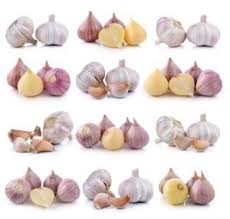
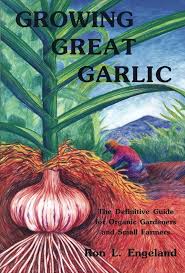
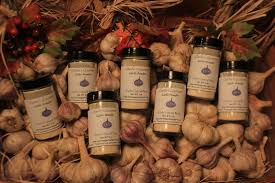
Harvesting
Garlic is ready to be harvested when 30% of the plants on a land have turned brown and started dying down. Harvesting can be carried out manually or mechanically but should be done carefully to prevent damaging the bulbs. After the plants have been pulled from the soil, they are laid out in bunches to dry for up to 3 days and then hung in a cool, well-ventilated place. Once the lobes have dried out, the leaves can be cut off and the garlic is ready to be marketed. A huge advantage of growing garlic is its long shelf life; it can be stored for months at room temperature.
If you want to make money by growing garlic you need to grow what people want to buy. Avoid the standard garlic you’ll find in every supermarket, and grow only gourmet varieties, like Rocambole or Elephant garlic.
NEED HELP IN ANY AREA OR WITH A PROFESSIONAL AND BANKABLE FARMING BUSINESS PLAN? CONTACT US NOW AT: (27) 84 583 3143 or EMAIL US – money@global.co.za
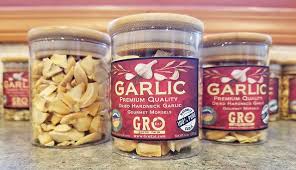
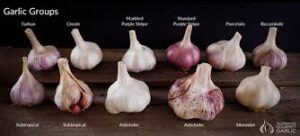

How to Enter into Gourmet Garlic Farming Now Read More »

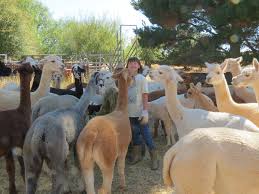
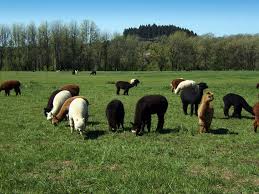

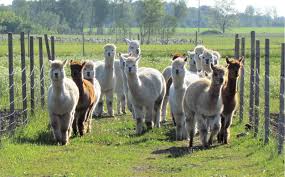


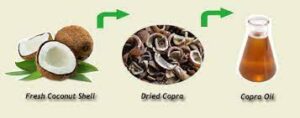
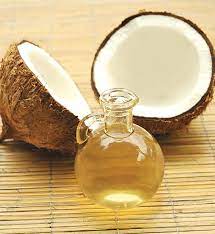
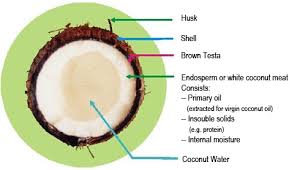

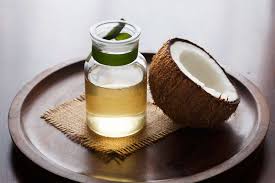
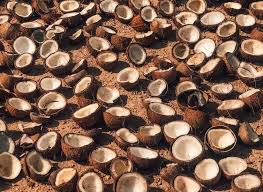
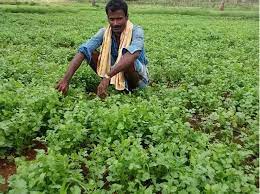
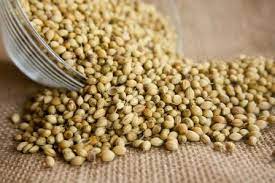
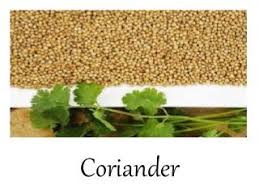

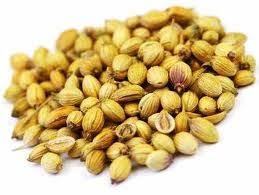

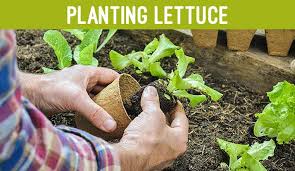
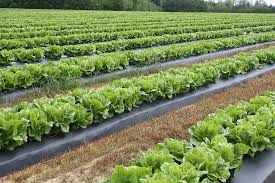

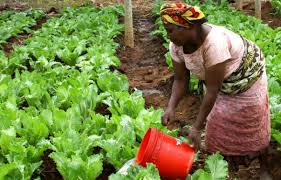
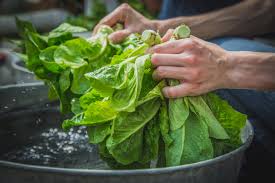
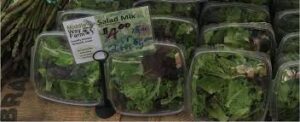



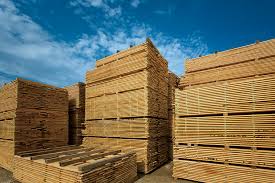
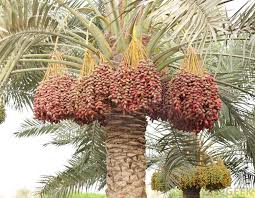
 c
c